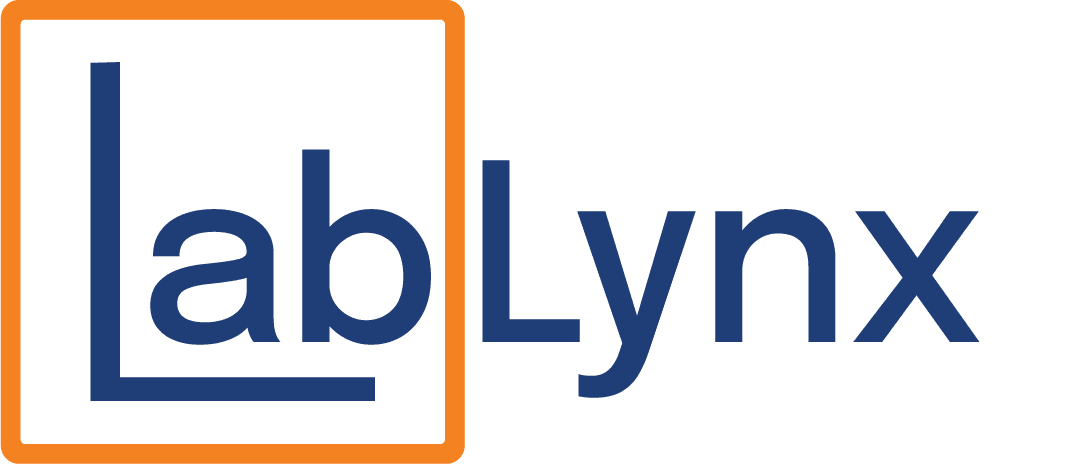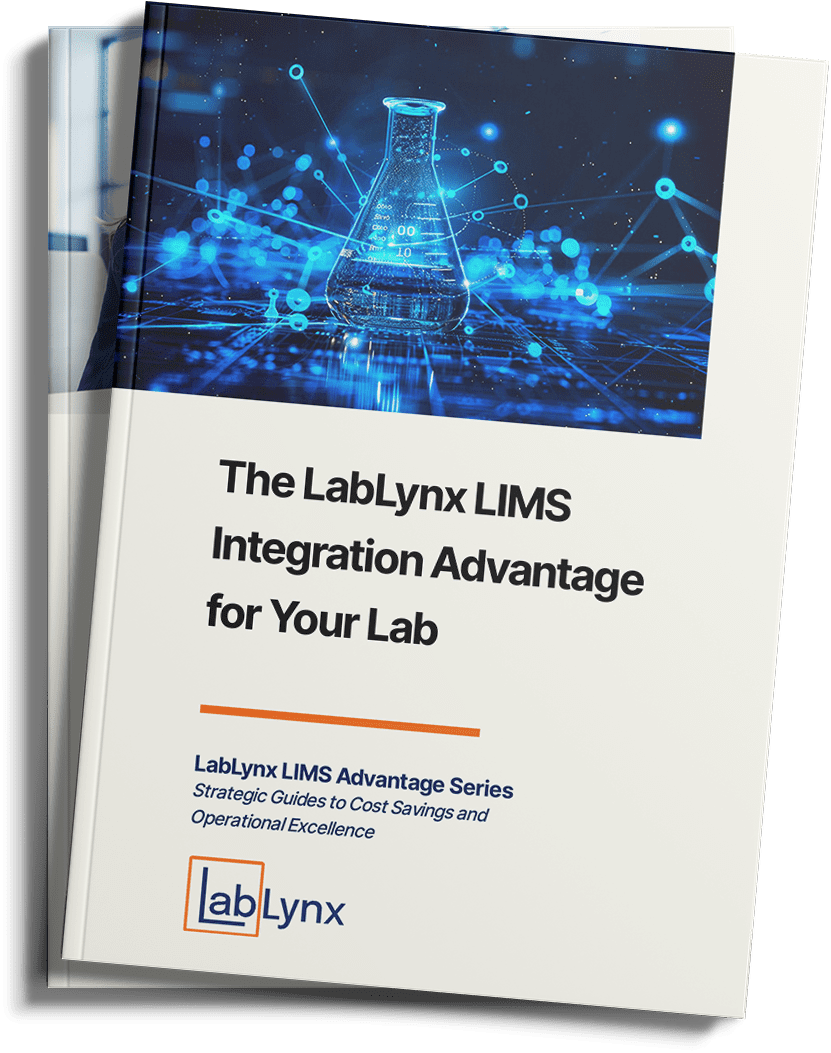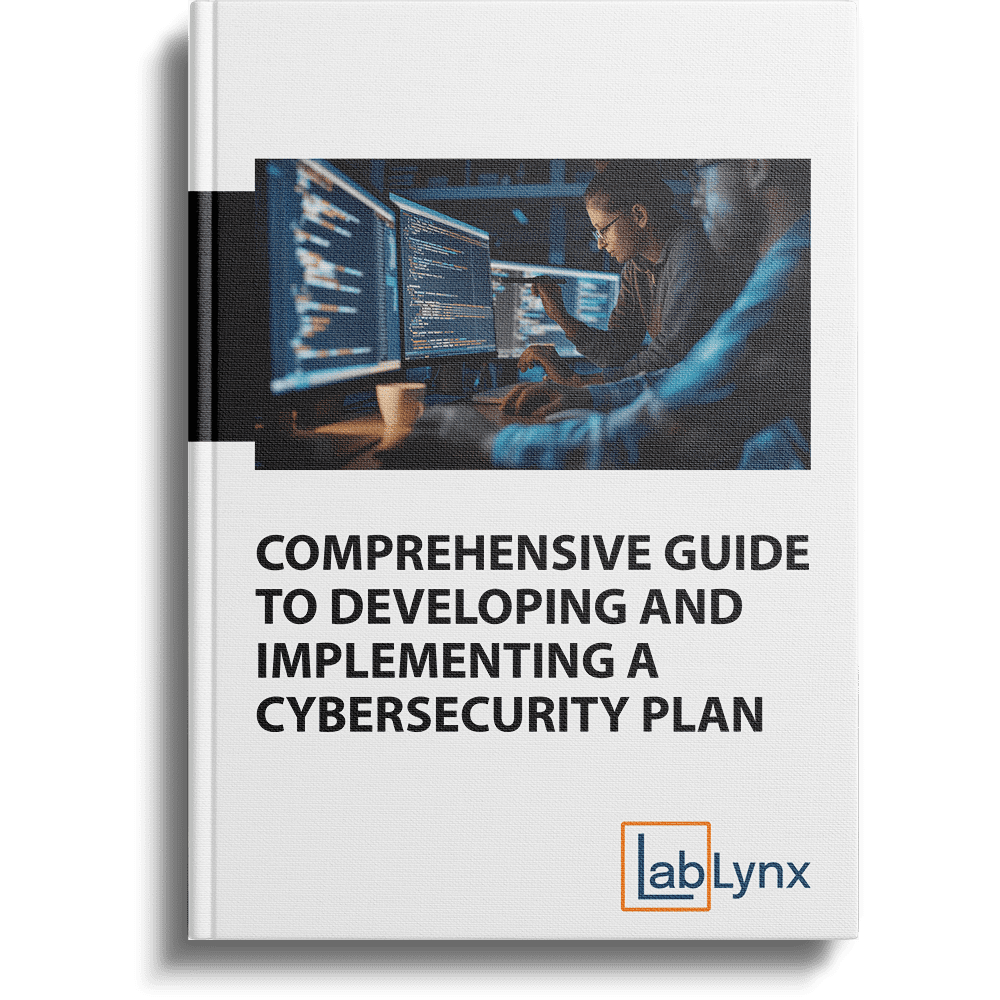Transforming Laboratory Operations: The Convergence of Machine Learning and LIMS by LabLynx
In the era of digital transformation, laboratories across the globe are increasingly turning to advanced technologies to streamline operations, enhance data accuracy, and foster innovation. Among these technologies, machine learning stands out for its potential to revolutionize laboratory data management and analytical processes. LabLynx, a leader in laboratory information management systems (LIMS), is pioneering the integration of machine learning with LIMS to offer next-generation solutions that significantly improve laboratory efficiency, predictive analytics, and decision-making capabilities. This article delves into how machine learning is transforming LIMS and why LabLynx is at the forefront of this exciting evolution in laboratory informatics.
The Role of Machine Learning in Modern Laboratories
Machine learning, a subset of artificial intelligence (AI), enables computer systems to learn from and interpret data without explicit programming. In the context of laboratories, machine learning algorithms can analyze vast amounts of data, identify patterns, predict outcomes, and automate decision-making processes. When integrated with LIMS, machine learning transforms the system from a mere data repository into an intelligent tool that can predict trends, optimize workflows, and enhance the quality of laboratory outputs.
Enhancing LIMS Capabilities through Machine Learning
LabLynx is leveraging machine learning to enhance the capabilities of LIMS in several significant ways:
- Predictive Analytics: Machine learning algorithms integrated into LIMS can predict the outcomes of experiments, the stability of compounds, and the quality of products based on historical data. This predictive capability enables laboratories to anticipate and mitigate risks, thereby improving the reliability and safety of laboratory operations.
- Automated Data Analysis: With machine learning, LIMS can automatically analyze data, recognize patterns, and generate insights without manual intervention. This automation reduces the time and effort required for data analysis, allowing laboratory personnel to focus on more critical tasks.
- Optimized Laboratory Workflows: Machine learning can identify bottlenecks and inefficiencies in laboratory workflows, suggesting optimizations that can significantly enhance productivity. By integrating these insights into LIMS, laboratories can streamline operations, reduce turnaround times, and increase throughput.
- Enhanced Quality Control: Machine learning algorithms can monitor data in real-time, detecting anomalies and deviations from expected results. This capability allows for immediate corrective actions, ensuring higher standards of quality control and compliance with regulatory requirements.
LabLynx: A Pioneer in Machine Learning-Integrated LIMS
LabLynx is at the vanguard of incorporating machine learning into LIMS, providing laboratories with advanced tools to navigate the complexities of modern data management and analysis. The company’s commitment to innovation, coupled with its deep industry knowledge, has resulted in LIMS solutions that are not only efficient and reliable but also adaptable to the evolving needs of laboratories in various sectors.
By integrating machine learning, LabLynx’s LIMS solutions offer unparalleled advantages, including enhanced data accuracy, predictive analytics, workflow optimization, and improved decision-making. Laboratories equipped with LabLynx’s machine learning-enhanced LIMS are better positioned to meet the challenges of an increasingly data-intensive and competitive landscape.
The integration of machine learning with LIMS is setting a new standard for laboratory information management. As a pioneer in this field, LabLynx is leading the way in empowering laboratories with the tools they need to achieve operational excellence, innovate, and maintain a competitive edge. The synergy between machine learning and LIMS is not just transforming laboratory operations; it is redefining what is possible in laboratory informatics, paving the way for a future where laboratories operate with unprecedented efficiency, accuracy, and insight.


